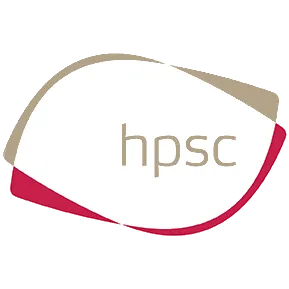Invasive Group B Streptococcal Disease (group B strep, GBS)
Invasive Group B Streptococcal Disease (group B strep, GBS)
Group B Streptococcus (GBS) is a bacteria commonly found in the gut or genital tract (vagina). GBS can occasionally cause serious infections in vulnerable people, in particular newborn babies.
Invasive GBS (iGBS) is an infection where the bacteria is isolated or detected from a normally sterile body site, such as blood or spinal fluid.
iGBS disease in infants under 90 days is a notifiable disease in Ireland.
Case definition
Clinical description
Only group B streptococci (invasive) in infants <90 days old or stillborn infants is notifiable.
In neonates two syndromes exist:
- Early-onset (<7 days old)
- Late-onset (7-89 days old)
Both include sepsis, pneumonia and meningitis.
Stillbirth associated with isolation/detection of Streptococcus agalactiae from the placenta or amniotic fluid is notifiable.
Laboratory criteria
At least one of the following four:
- Isolation of S. agalactiae from a normally sterile site
- Detection S. agalactiae nucleic acid from a normally sterile site
- Isolation of S. agalactiae from the placenta and/or amniotic fluid, with foetal demise
- Detection of S. agalactiae nucleic acid from the placenta and/or amniotic fluid, with foetal demise
Epidemiological criteria
NA
Case classification
A. Possible case
NA
B. Probable case
NA
C. Confirmed case
Any infant or stillborn infant meeting the laboratory criteria
Current as of: 28 May 2018




